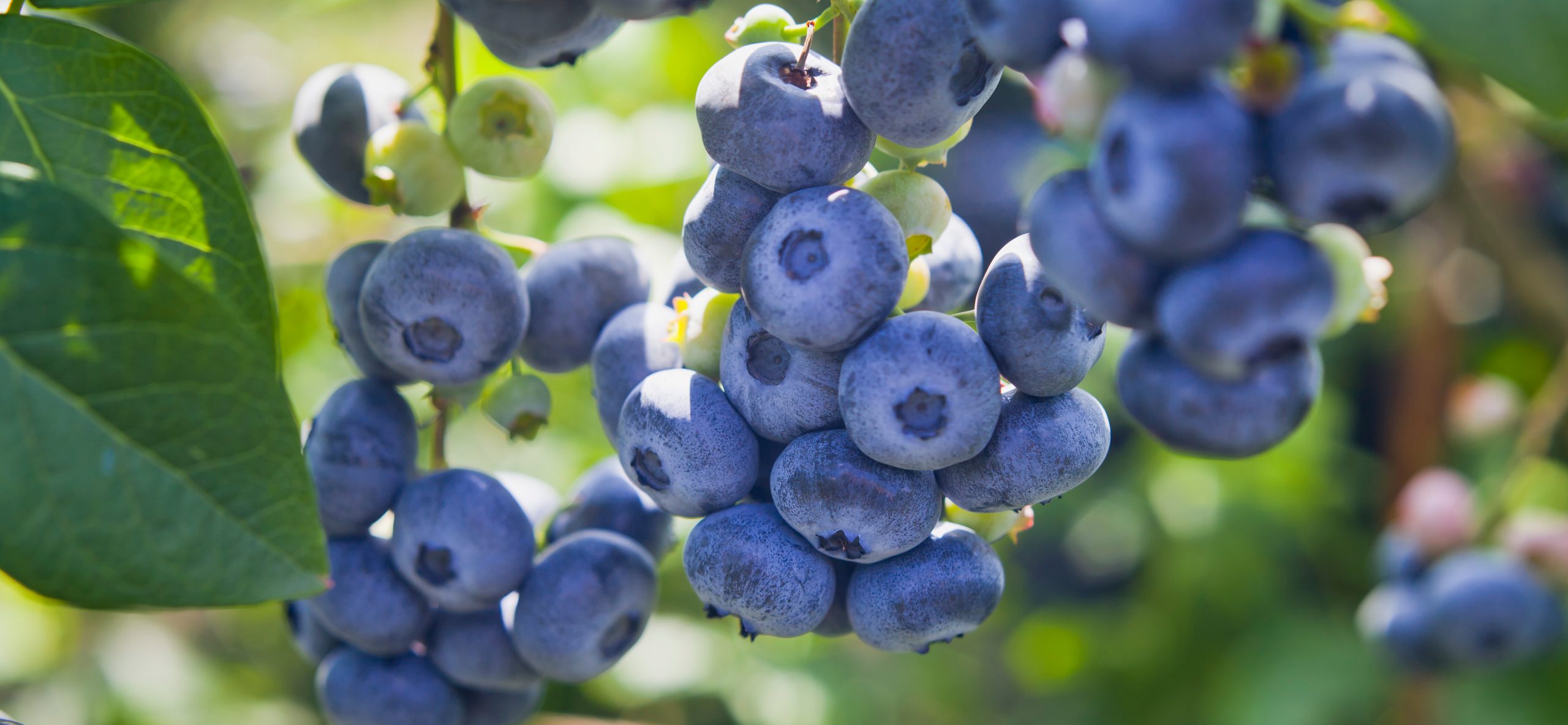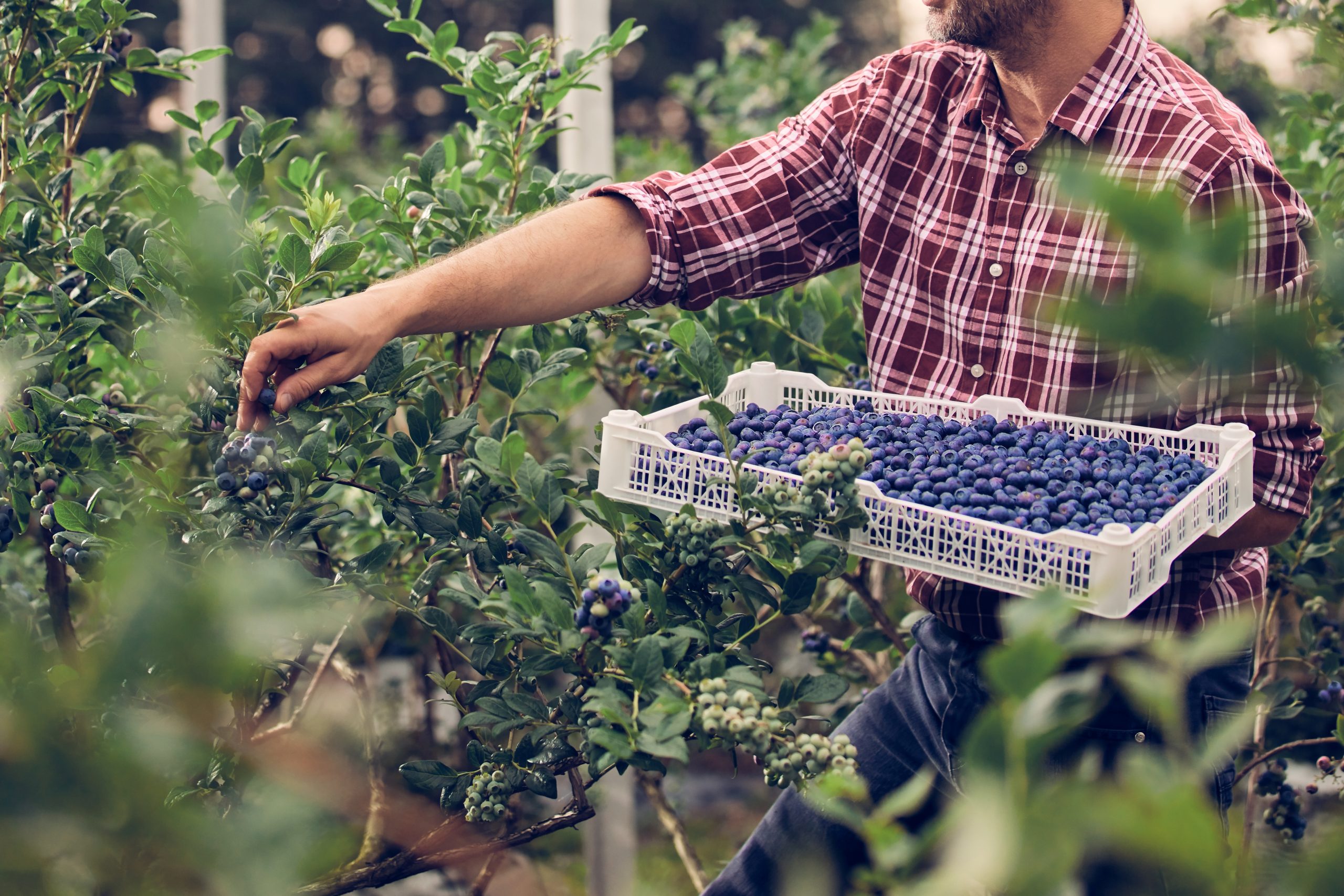Netherlands: Blueberry sales in supermarkets continue to grow

The sale of blueberries has been rising for several years in a row. This trend continued into the first half of 2018; supermarkets sold 8 percent more blueberries than in the same period last year. Consumers generally purchase the largest quantity of blueberries in the month of May.

Increase in cultivation area and imports of blueberries
Fruit growers are responding to the increasing consumer demand for soft fruits such as blueberries, blackcurrants, redcurrants, blackberries and raspberries. The cultivation area for this fruit type has been growing year on year. In 2018, it grew to 1930 hectares (ha), an increase of 11 percent relative to the previous year. This only concerns the area used for open-field cultivation. The area under glass is not included in this news release.
Of all soft fruits, blueberries are the most popular type. In just one year, the area devoted to growing the berry increased by 17 percent to 970 ha in 2018. Since 2013, the cultivation area has grown in size by two-thirds. The number of growers rose less rapidly in this period, from 110 to 130.

Healthy image
Blueberries are the third most cultivated fruit type in the Netherlands, behind apples and pears. Blue berry cultivation is also on the rise in other European countries. In 2016, the Netherlands (780 ha) ranked in the top 5 of European countries with the largest growing area for blueberries, after Poland (5,040 ha), Germany (2,710 ha), Spain (2,260 ha) and Portugal (1,520 ha). The increase can partly be attributed to the healthy image that the berry has among consumers.

Blueberry imports almost tripled
Aside from the cultivation, blueberry imports have also risen in recent years. In 2017, 9.8 million kilograms of fresh blueberries were imported, nearly three times as much as in 2013. Around 40 percent was destined for re-exports last year. In 2013, one-third of blueberries were imported from South America and two-thirds from Europe. The majority came from Spain (29 percent) and Chile (27 percent) that year.
Relative to 2013, there has been a change in country distribution in terms of blueberry imports. In 2013 and 2014, the majority of imported blueberries came from two countries: Spain and Chile. In 2015 and 2016, a large proportion of these berries did not originate from Chile but from Peru: 19 and 31 percent respectively. Imports from Chile declined from 915 thousand kilograms in 2013 to 331 thousand kilograms last year. From 2015, more imports have been coming from Africa. In 2017, 745 thousand kilograms (equivalent to 7.6 percent of total imports) were imported from this continent. Close to 60 percent of blueberries came from Southern Europe last year (51 percent from Spain and 8 percent from Portugal).
23/07/2018







